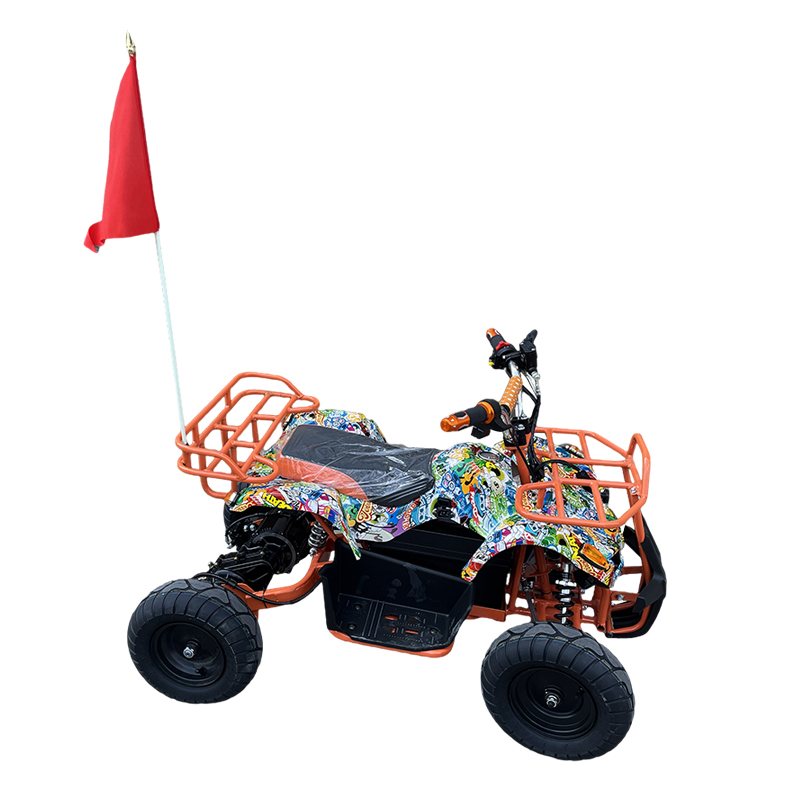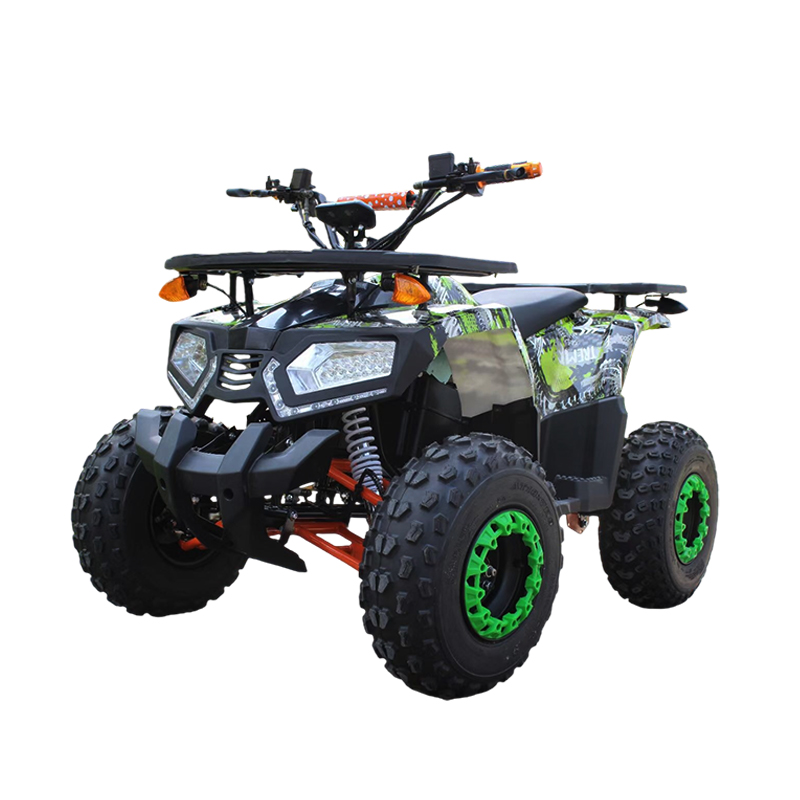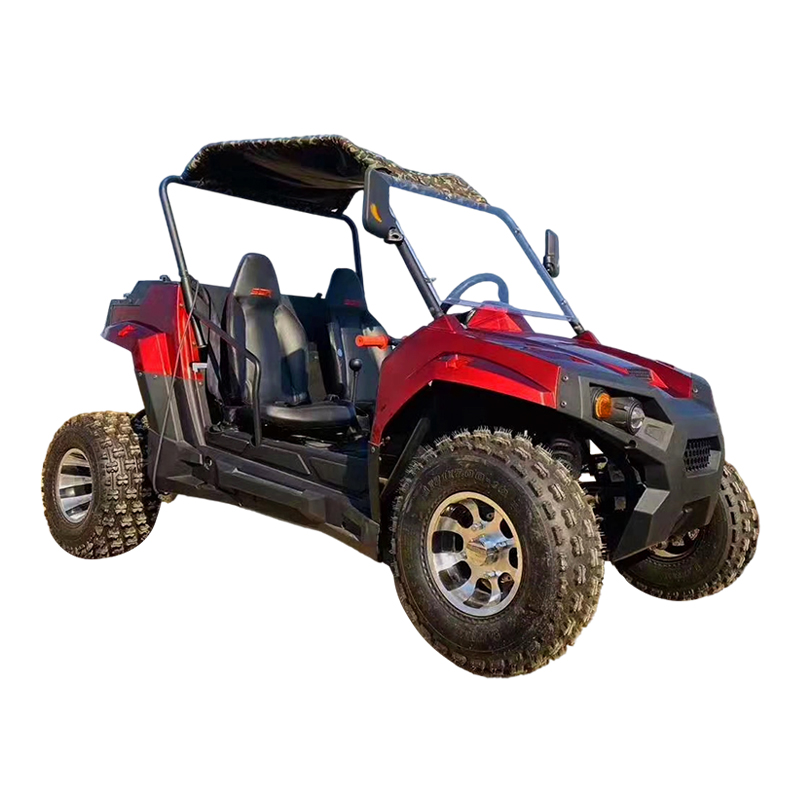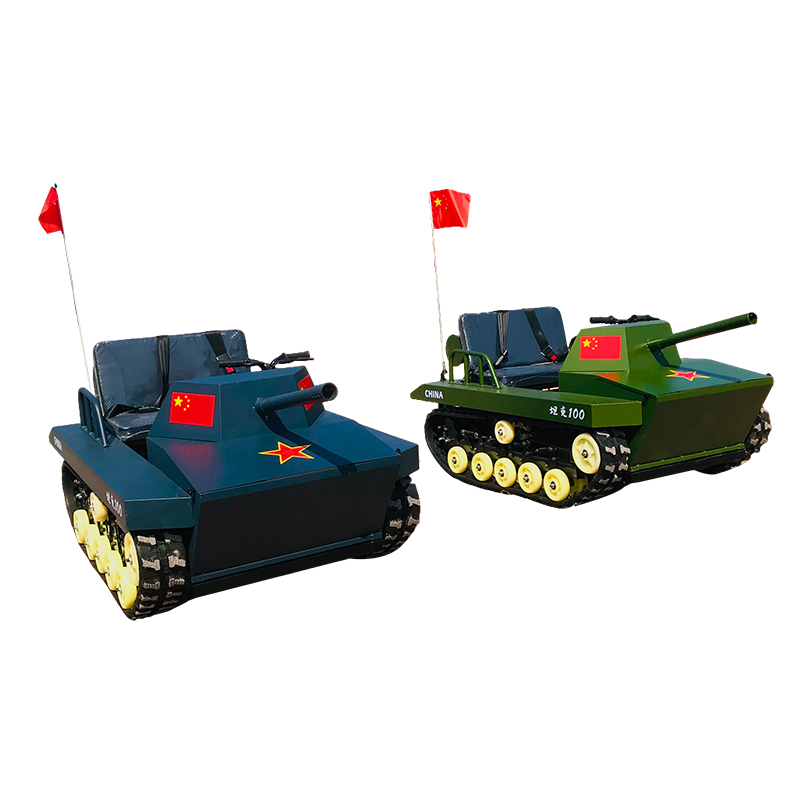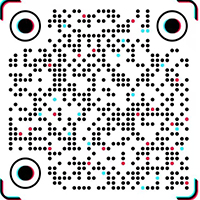The recreational vehicle sector is observing notable advancements in the design and functionality of children's kart products, driven by increasing emphasis on safety, accessibility, and developmental benefits. These miniature vehicles, designed specifically for young users, have transitioned from simple recreational toys to thoughtfully engineered platforms that prioritize safety while fostering early interest in automotive fundamentals. The modern children's kart incorporates numerous features aimed at ensuring a secure and enjoyable experience for younger enthusiasts.
Safety remains the forelots of consideration in the development of children's kart products. Manufacturers have integrated multiple protective elements, including reinforced chassis designs, low-center-of-gravity frames, and speed-limiting mechanisms. Many contemporary children's kart models feature remote parental controls, allowing guardians to regulate speed or stop the vehicle instantly if necessary. Additionally, enhanced braking systems, stability controls, and durable safety harnesses are now standard across lots of children's kart offerings, significantly reducing risks associated with operation.
Educational and developmental aspects have become increasingly prominent in children's kart design. These vehicles introduce young users to basic concepts of coordination, spatial awareness, and mechanical operation in an engaging manner. The children's kart serves as an interactive tool that encourages outdoor activity while subtly teaching principles of cause and effect, steering responsiveness, and responsible play. Many models now include adjustable settings that allow the kart to "grow" with the child, accommodating different skill levels and physical sizes as young users develop their abilities.
Technological integration has transformed the children's kart experience. Electric powertrains have gained popularity due to their quiet operation, smooth acceleration, and small maintenance requirements. These electric children's kart models often feature rechargeable battery systems with safety-focused charging mechanisms and automatic shut-off functions. Some advanced versions incorporate interactive elements such as simulated dashboard displays, educational sound effects, and connectivity features that allow parents to monitor usage patterns and performance metrics.
Environmental considerations have influenced recent innovations in children's kart manufacturing. Manufacturers are increasingly utilizing recycled materials and sustainable production processes. Electric children's kart models eliminate local emissions and noise pollution, making them suitable for use in residential areas and community spaces. The industry has also made progress in developing longer-lasting battery systems and reducing the overall environmental footprint of these products through modular designs that facilitate repair and component replacement.
The accessibility of children's kart experiences has expanded through rental programs and community initiatives. Many recreational facilities, parks, and family entertainment centers now offer children's kart activities supervised by trained staff. These programs provide introductory experiences for newcomers while maintaining structured safety protocols. The growing availability of children's kart options in controlled environments has helped democratize access to this recreational activity, allowing more young users to participate under professional supervision.
Market trends indicate rising demand for children's kart products that balance entertainment value with developmental benefits. Manufacturers are responding with designs that emphasize durability, adaptability, and user-friendly operation. The continued evolution of children's kart technology reflects broader shifts in recreational preferences toward activities that combine physical engagement with cognitive development. As research continues to highlight the benefits of outdoor play and skill-building activities, the children's kart market is poised to maintain its growth trajectory by delivering products that meet evolving expectations for safety, quality, and educational value.

